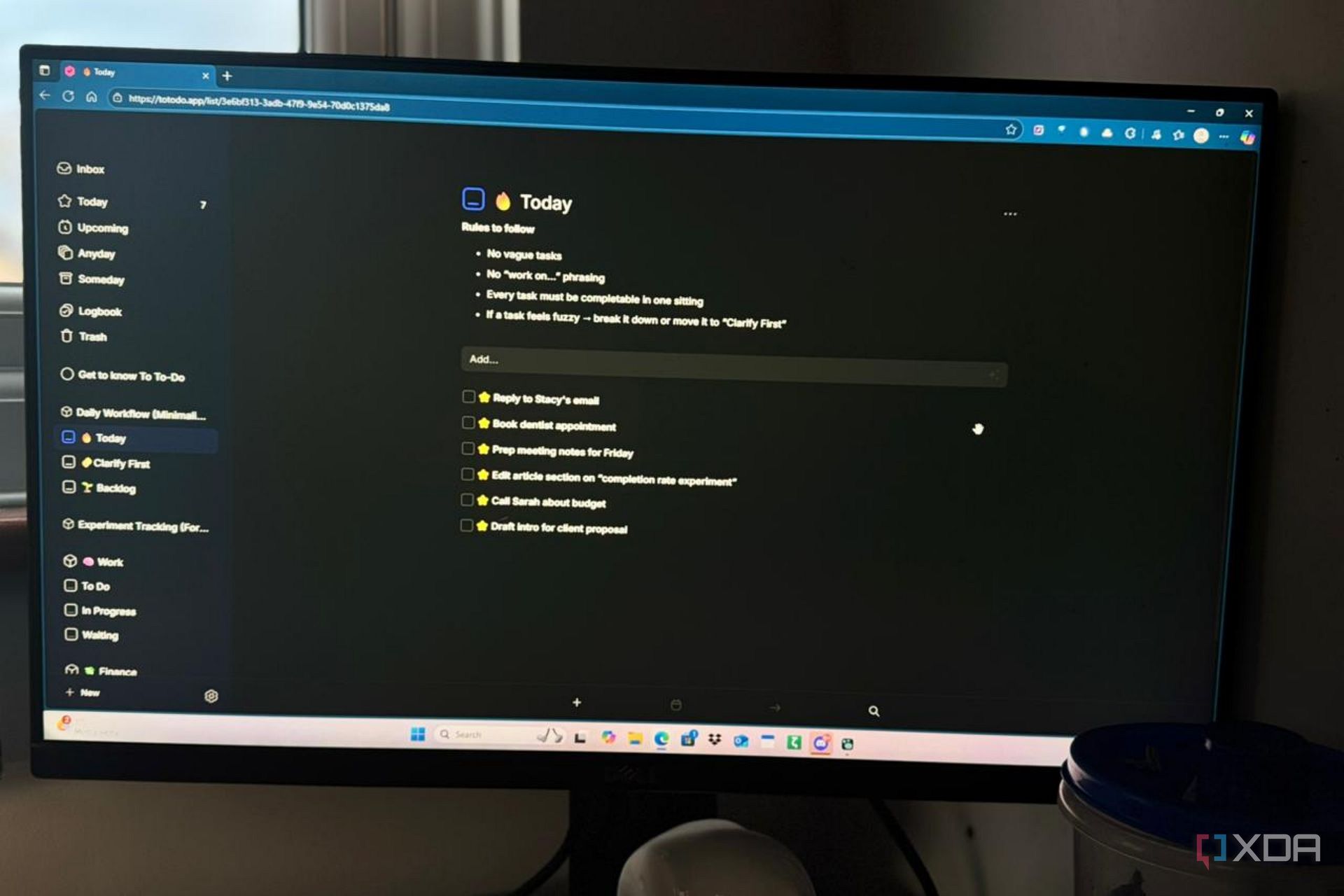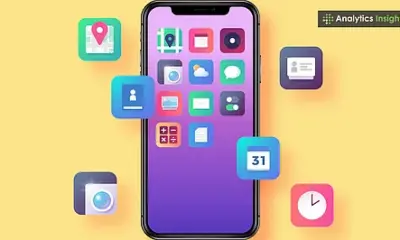Technology
Minimalist App To To-Do Boosts Task Completion Rates Significantly

Task management systems often promise increased productivity, but many users find themselves overwhelmed by complex features. A recent personal experiment revealed how a minimalist app, To To-Do, helped improve task completion rates significantly compared to the popular tool Todoist.
Over the course of one week, the user transitioned from a carefully curated setup in Todoist to the straightforward interface of To To-Do. With only essential features, such as task organization by dates, the app encouraged a more focused approach to productivity. The results were striking: the user completed 84% of tasks in To To-Do, compared to only 49% in Todoist.
In the Todoist week, 47 tasks were created, with only 23 tasks completed. Conversely, in the To To-Do week, 31 tasks were created, leading to a total of 26 completed tasks. The main difference lay not just in quantity but in the quality of tasks. The user noted a tendency to create vague placeholder tasks in Todoist, such as “Think about presentation structure,” which were less actionable. To To-Do’s minimalist design encouraged clearer task definitions, such as “Draft intro for client proposal.”
How Simplicity Drives Productivity
The user found that the simplicity of To To-Do forced a reevaluation of task clarity. Without the temptation of extensive organizational features, there was a newfound urgency to define what needed to be accomplished. The app utilizes a straightforward interface that displays tasks chronologically, with sections labeled “Today,” “Upcoming,” “Anyday,” and “Someday.” This approach removes unnecessary distractions, allowing users to focus solely on their tasks.
To To-Do also synchronizes across devices and operates offline, which enhances usability. Tasks captured on a mobile device during commutes are immediately accessible on a desktop. This seamless experience mitigates the reliance on sticky notes or scattered documents.
For users opting for the paid plan, additional features such as an email-to-task conversion are available, streamlining the process of turning meeting requests or client emails into actionable tasks. While this feature was not tested during the trial, it reflects the app’s commitment to maintaining simplicity while adding value.
Collaboration and Usability
While some may argue that a lack of features limits potential, To To-Do offers uncomplicated collaboration options. Users can easily share projects or lists via email, enabling straightforward teamwork without the complexity of configuring permissions. This simplicity was tested with both a grocery list and a work project, and the experience was noted as seamless.
For individuals managing everyday tasks—like scheduling doctor appointments or completing expense reports—the minimalist approach proves effective. It eliminates the illusion that complex organization equates to progress.
The app’s ability to convert simple tasks into projects allows users to expand their lists without overwhelming complexity. If a task evolves, it can be easily turned into a project with a few clicks, maintaining clarity and focus.
The introduction of AI assistance for task planning in the paid plan raises questions about the necessity of additional features. The core experience is designed to be uncomplicated, and while some users may benefit from AI, the manual approach fosters greater engagement for others.
The user’s temptation to revert to Todoist midway through the experiment highlighted a common dilemma. It was not due to a lack of functionality in To To-Do, but rather the comfort of familiar organizational systems. This realization points to a broader truth about productivity tools: they should facilitate work rather than become a means of avoiding it.
To To-Do has now become the primary tool for personal task management, while Todoist remains a resource for project management involving external stakeholders. The minimalist approach has altered the user’s engagement with both tools. Tasks are now more clearly defined, and unnecessary categorization has been eliminated.
Ultimately, the experiment reinforces a valuable lesson in productivity. Sometimes, the most effective tools are those that strip away complexity, allowing users to confront their tasks directly. To To-Do exemplifies how a clean interface and clear thinking can yield better results than a meticulously organized system.
-

 Technology4 months ago
Technology4 months agoDiscover the Top 10 Calorie Counting Apps of 2025
-

 Health2 months ago
Health2 months agoBella Hadid Shares Health Update After Treatment for Lyme Disease
-

 Health3 months ago
Health3 months agoErin Bates Shares Recovery Update Following Sepsis Complications
-

 Technology3 weeks ago
Technology3 weeks agoDiscover 2025’s Top GPUs for Exceptional 4K Gaming Performance
-

 Technology2 months ago
Technology2 months agoElectric Moto Influencer Surronster Arrested in Tijuana
-

 Technology4 months ago
Technology4 months agoDiscover How to Reverse Image Search Using ChatGPT Effortlessly
-

 Technology4 months ago
Technology4 months agoMeta Initiates $60B AI Data Center Expansion, Starting in Ohio
-

 Technology4 months ago
Technology4 months agoRecovering a Suspended TikTok Account: A Step-by-Step Guide
-

 Health4 months ago
Health4 months agoTested: Rab Firewall Mountain Jacket Survives Harsh Conditions
-

 Lifestyle4 months ago
Lifestyle4 months agoBelton Family Reunites After Daughter Survives Hill Country Floods
-

 Technology3 months ago
Technology3 months agoUncovering the Top Five Most Challenging Motorcycles to Ride
-

 Technology4 weeks ago
Technology4 weeks agoDiscover the Best Wireless Earbuds for Every Lifestyle











